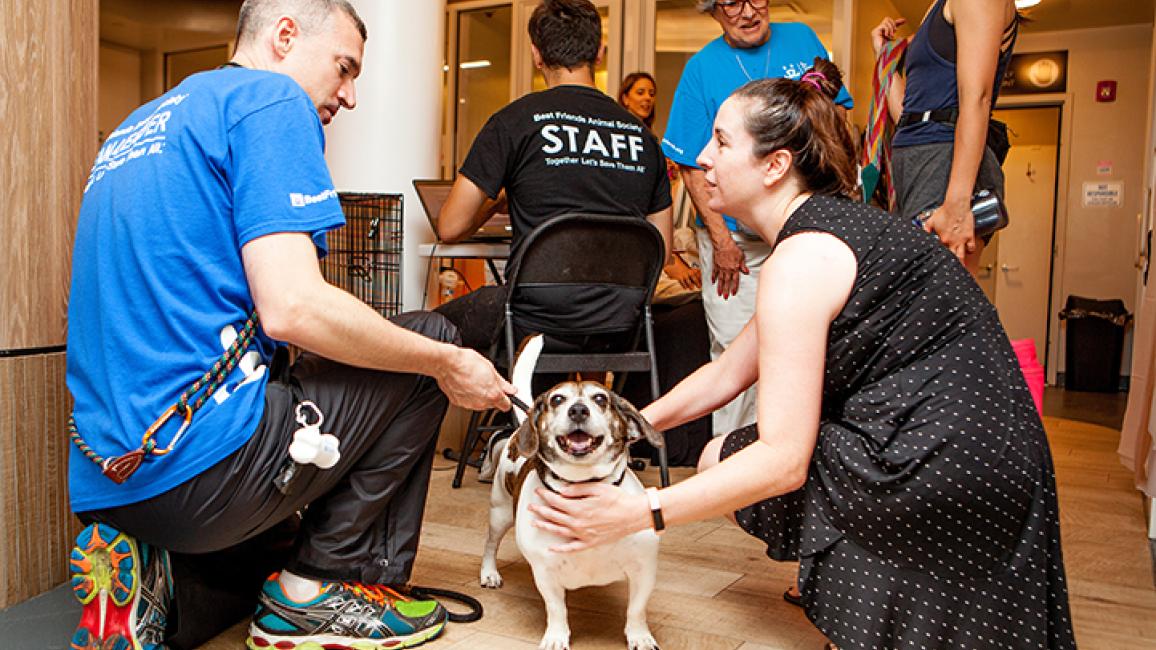The future of animal shelters

OK, so let’s walk this through. The mission of Best Friends is to end the killing in shelters and to bring about a time when there are no more homeless pets. We have put a stake in the ground to realize the first piece of that goal and to end shelter killing in this country by 2025, and we have been joined in our 2025 campaign by thousands of organizations, large and small, public and private.
There are already thousands of no-kill communities around the country and we are implementing a national strategy to reach every corner of the United States, no matter how behind the times a region might be or how heavy the lift is to Save Them All.
One of the consequences of this ever-growing success story is the uncertain role that animal shelters will play in a world where their traditional services will be needed less and less. It makes sense then that Best Friends has been thinking about this and planning for what comes next.
Given advances in technology and social connectivity and the evolution of shelter-oriented animal welfare from local action to regional networks and national strategies, the vision of what shelters will look like and how they will function is evolving. The prison-like structures that have been the norm will be gone and new designs will emerge that reflect the value that our animal companions have in our lives.
An approach that Best Friends has been promoting for several years in conversations with other leaders in the movement and with our 2025 National Steering Committee partners begins with an understanding that animals don’t belong in shelters (as they are currently configured) in the first place. Consequently, any brick-and-mortar facility intended to provide services to community pets and their people should be designed from the start with that in mind or repurposed with that as a priority.
Our placeholder name for the envisioned operation is a community animal resource center. It will prioritize allocation of work space away from impoundment and toward community services that help residents keep their pets in their homes and keep transitioning homeless pets out of the shelter and in foster care.
Pet wellness and low-cost spay/neuter services are must-haves, as well as volunteer-powered community cat programs. Staff will be trained in community relations to bring pet support services to low-income communities. Facilities will have space dedicated to family-friendly activities such as training classes, and staff will organize pet-centric community activities such as hikes, dog agility teams and children’s engagement programs. What temporary sheltering is needed will be designed to reduce the stress of resident pets and boost adoptions.
This is not going to happen overnight, and it may sound like “pie in the sky” but many of the elements of a community approach to animal care and protection are already here, as part of the national campaign to achieve no-kill nationwide by 2025. In our vision of the future, a highly engaged and technology-networked animal-loving community will be the guarantor of animal health and safety — and we will all be better for it.
Think outside the shelter. This is a blank sheet with lots of room for new ideas.
Together, we will Save Them All!
